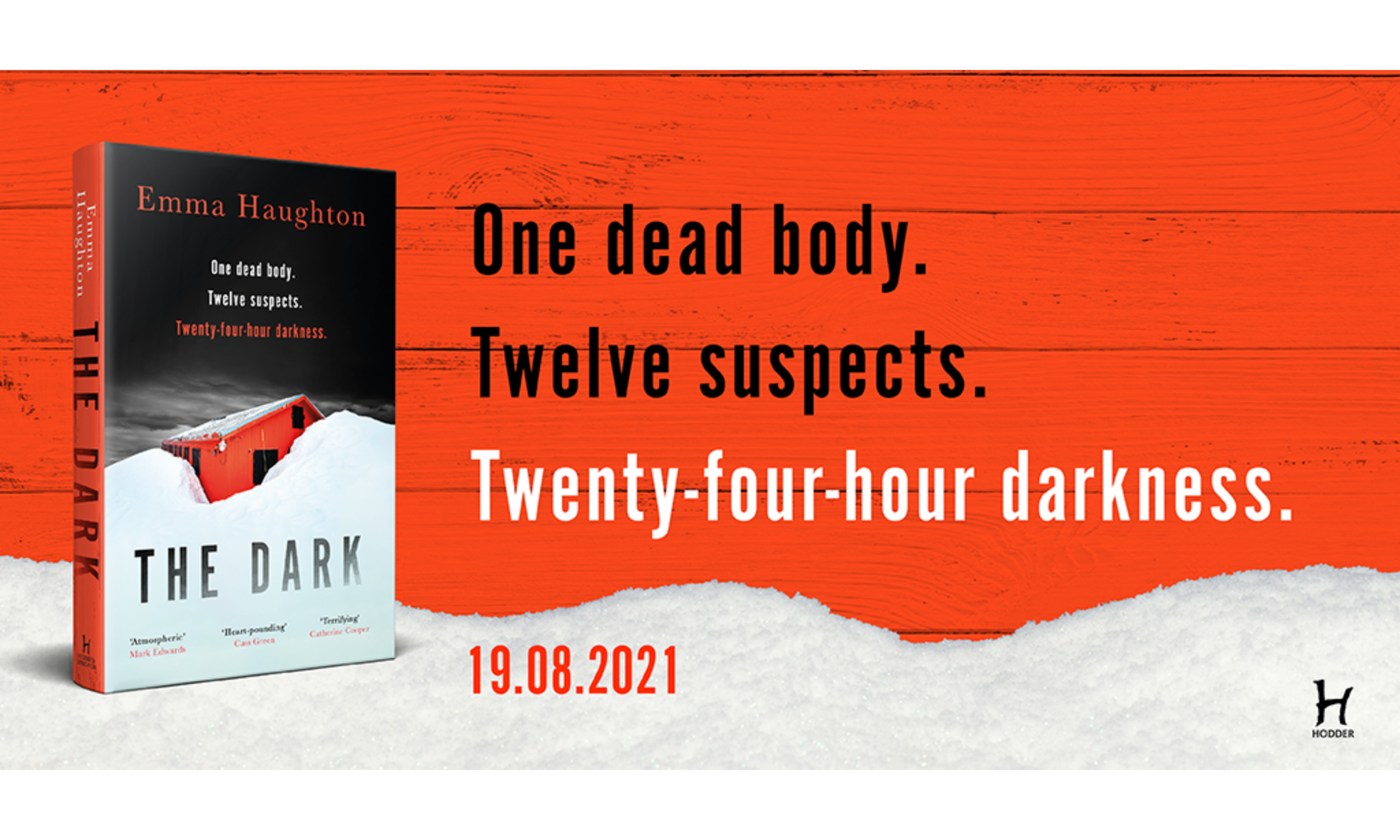I’m dead chuffed today to be the last stop on Emma Pass’ The Fearless blog tour. If you haven’t seen a copy of Emma’s brilliant YA post-apocalyptic thriller yet, this is what it’s all about:
“The Fearless. An army, powered by an incredible new serum that makes each soldier stronger, sharper, faster than their enemies. Intended as a force for good, the serum has a terrible side effect – anyone who takes it is stripped of all humanity, empathy, love. And as the Fearless sweep through the country, forcing the serum on anyone in their path, society becomes a living nightmare.
Cass remembers the night they passed through her village. Her father was Altered. Her mother died soon after. All Cass has left is her little brother – and when Jori is snatched by the Fearless, Cass must risk everything to get him back.”
Emma Pass has been making up stories for as long as she can remember. Her debut novel, Acid, is out now from Corgi/Random House in the UK, and from Delacorte in the US. It won the 2014 North East Teenage Book Award, was shortlisted for the Doncaster Book Award, nominated for the 2014 CILIP Carnegie Medal and has been longlisted for the 2014 Branford Boase Award and a Silver Inky Award in Australia. Her second novel, The Fearless, is also out now in the UK from Corgi/Random House and will be published in the US in early 2015 by Delacorte. By day, she works as a library assistant and lives with her husband and crazy greyhound G-Dog in the North East Midlands.
Gettin’ Down Wit Da Kids, Yo… Or, er, Not: How To Create Authentic Teenage Characters
So you want to write a novel. A novel for teens, with teenage characters. And you want to make them as authentic as possible – living, breathing teenagers who jump off the page; who will make your readers gasp aloud in surprise and delight and say, ‘That’s me! This author is writing about me!‘
But how?
Do you go out and find a group of teens and eavesdrop on them in the hope of picking up some of the current lingo, then pepper your manuscript with it so your characters sound ‘real’? Do you create a character who is A TeenagerÔ, complete with An AttitudeÔ, who Argues With Their ParentsÔ and… you get the idea.
Anyway, the answer is, no. Please, don’t!!
Aside from the fact that eavesdropping on anybody is a bad idea, while it might be tempting to include the latest slang in your dialogue, language is always evolving, and those ‘in’ words you’re using are probably already falling out of favour. Plus, if you’re lucky enough to get a book deal, publishing is a long process, and by the time the book comes out that dialogue will make it look as dated as a handlebar moustache and flared trousers. And ‘being a teenager’ is not a condition, with a list of symptoms you need to check off in order to be able to diagnose it.
It’s easy to underestimate teenagers, stereotype them or write them off as all being the same. In reality, there is no such thing as a ‘typical’ teenager, just as there is no such thing as a ‘typical’ adult. Your teen characters are people, and it’s important to treat them as such.
So make your teen characters authentic by respecting them. Find out who they are and what makes them tick. What are their quirks, their hopes, their fears? What do they love? What do they hate? How do they relate to the people around them? What’s happened in their past that’s shaped them into who they are now? And most importantly of all, why are they in this story and what do they want? What do they need? By being true to your characters and your story – the two, after all, are completely intermeshed – your characters will leap off the page for all the right reasons instead of the wrong ones.
The Fearless is out now from Corgi/Random House Children’s Publishers (UK) and early 2015 from Delacorte (US).
Check out Emma’s website at www.emmapass.com or look her up on Facebook. You can also chat to Emma on Twitter. Emma is a regular contributor to The Lucky 13s and Author Allsorts.










